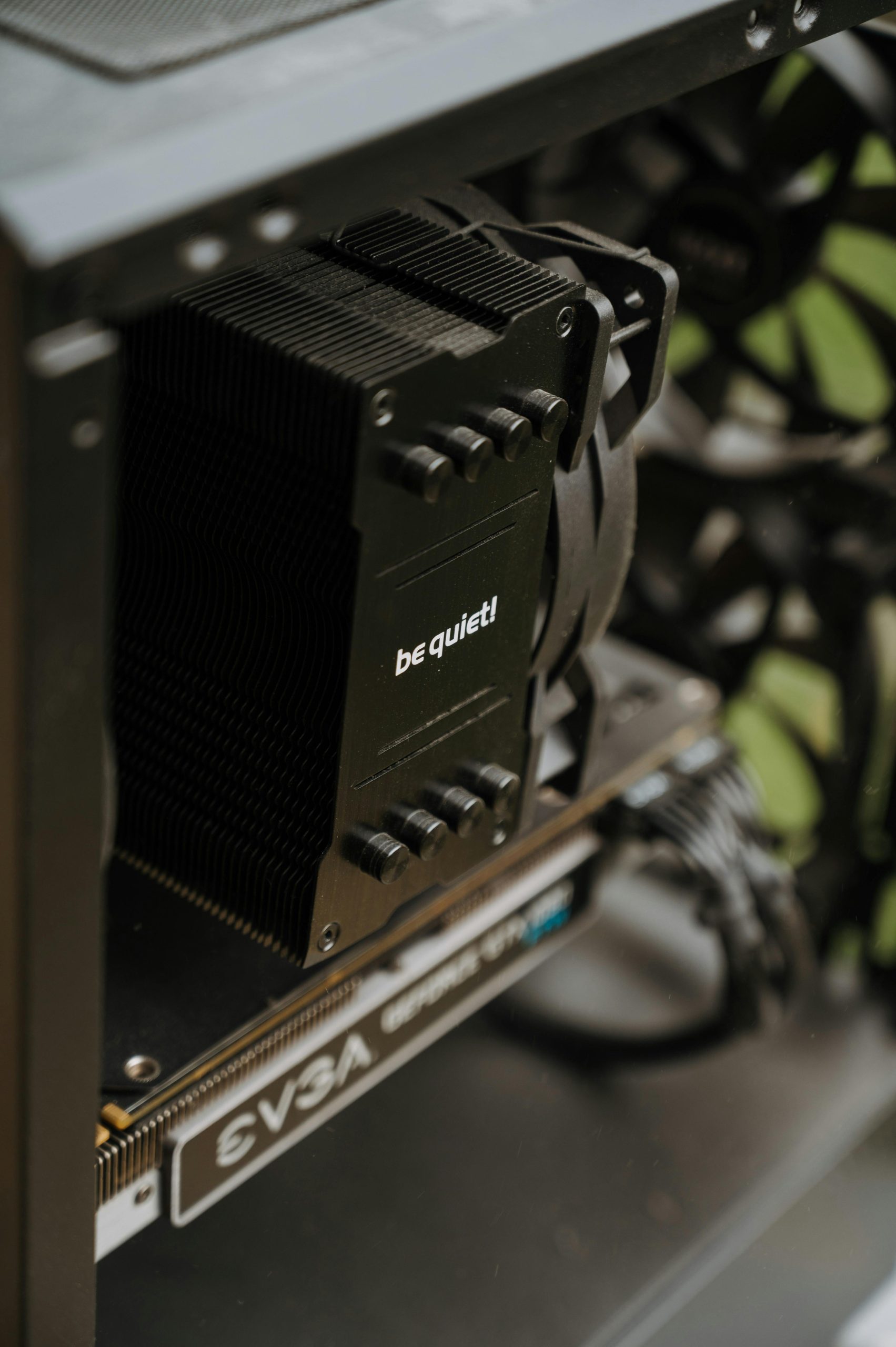Troubleshooting a GPU Failure: What to Do When Disaster Strikes
Hello, fellow tech enthusiasts!
It’s always a nerve-wracking experience when your beloved gaming rig encounters an unexpected shutdown. This recently happened to my brother while he was enjoying a casual gaming session. Suddenly, his PC crashed and powered off, leaving him puzzled. He attempted to boot the system without the GPU, which surprisingly worked fine. However, upon reinserting the GPU to test it again, things took a turn for the worse—the GPU actually caught fire!
For the past few days, my brother had been grappling with a persistent “nvlddmkm.sys” error, indicative of a Blue Screen of Death (BSOD) every time he attempted to power on his computer. This issue arose shortly after he upgraded his CPU. Despite updating the GPU drivers, the BSOD seemed to escalate in frequency. His current setup features an Intel i7-4790k, a GTX 1050 Ti, and a Corsair CV550W power supply unit.
At this point, we’re left to ponder whether the GPU is indeed the primary culprit or if the PSU could also be contributing to the problem. The situation certainly raises concerns about hardware reliability.
If you’ve experienced similar issues or have any insights, your advice would be greatly appreciated. We’re eager to explore potential next steps to determine the root of the problem and prevent future mishaps. Thank you for taking the time to read about our dilemma! Your expertise could make all the difference.
Happy gaming!
Share this content:




Hi there, thank you for sharing your detailed situation. GPU failures, especially those involving fire hazards, can be very serious and require prompt attention.
Given the incident where the GPU caught fire, I recommend immediately disconnecting the GPU and any connected components from power. Safety first: ensure the system is powered off and unplugged before inspecting further.
It’s crucial to visually inspect the GPU and the PCIe slot for any signs of damage or burn marks. If the GPU shows signs of physical damage or discoloration, it should be replaced. Also, check the power connectors and cables for any signs of melting or damage.
Since you mentioned the PSU is a Corsair CV550W, confirm that it is providing stable power and not exhibiting any signs of failure, such as unusual noises or a burnt smell. If there’s any suspicion of PSU issues, consider testing with a known working, higher-quality power supply to rule out power-related problems.
Regarding the BSOD error “nvlddmkm.sys,” this driver-related BSOD can sometimes be caused by power supply issues, driver conflicts, or GPU hardware failures. Updating drivers was a good step, but given the hardware damage, reinstalling or replacing the GPU might be necessary.
Finally, consider running hardware diagnostics for your CPU and RAM, especially after upgrading the CPU, to ensure all components are functioning correctly and that there are no compatibility issues.